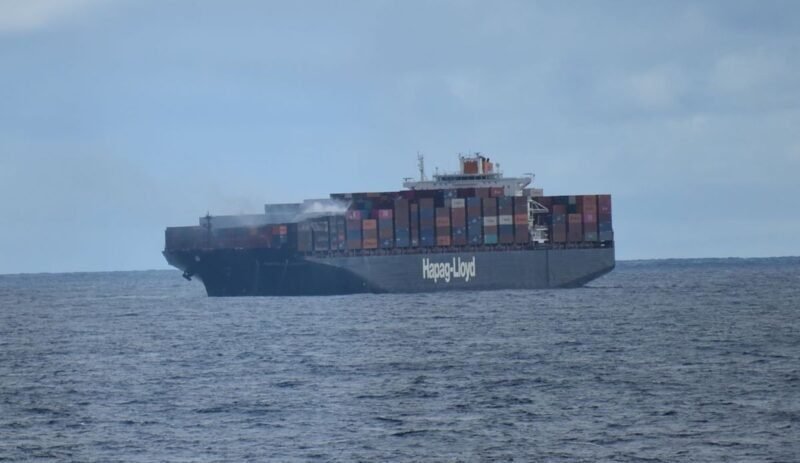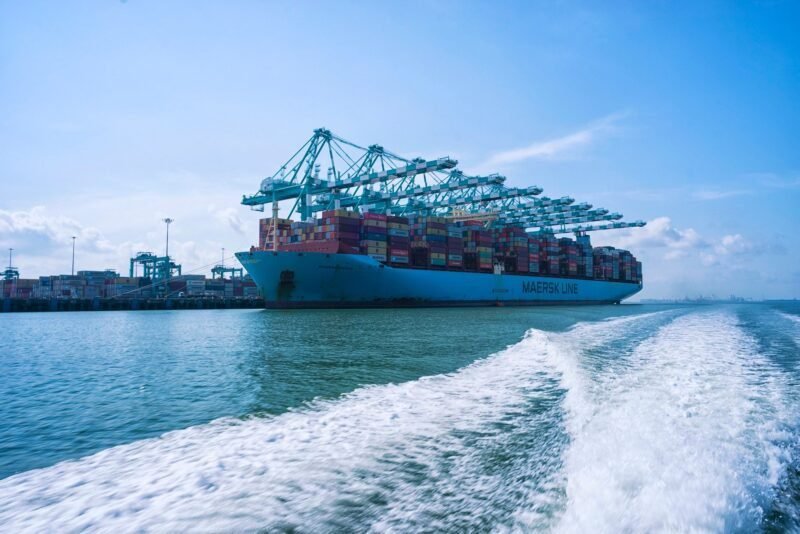The ocean container shipping industry experienced a significant increase in carbon emissions during the third quarter of the year, largely attributed to ongoing conflicts in the Red Sea, rising freight rates, and congestion in global supply chains. The Xeneta and Marine Benchmark Carbon Emissions Index (CEI) reached a record high of 107.9 points, marking a 12.2% increase compared to the previous year. This surge in emissions is a result of various factors impacting the industry, with six out of 13 trades showing a decrease in emissions per tonne of cargo carried compared to previous levels.
The impact of the Red Sea crisis on carbon emissions is particularly evident in a year-on-year comparison, with trades affected by diversions around the Cape of Good Hope experiencing a significant increase in emissions. The Far East to Mediterranean trade saw a 60.1% increase, while the backhaul trade rose by 46.3%. Conversely, trades unaffected by longer sailing distances around Africa showed a decrease in emissions compared to the previous year, with the US East Coast to Mediterranean backhaul recording the largest drop of 26.5%.
The increase in carbon emissions is also influenced by factors such as vessel speed and capacity. As carriers rush to meet demand and maximize profits, average sailing speeds have reached multi-year highs, contributing to higher emissions. Additionally, a decline in filling factors due to imbalanced trade volumes has led to an increase in emissions per tonne of cargo carried. The challenging conditions in the industry, including congestion, capacity constraints, and escalating freight rates, have shifted priorities away from carbon reduction efforts, highlighting the complex dynamics at play in the ocean container shipping sector.


















